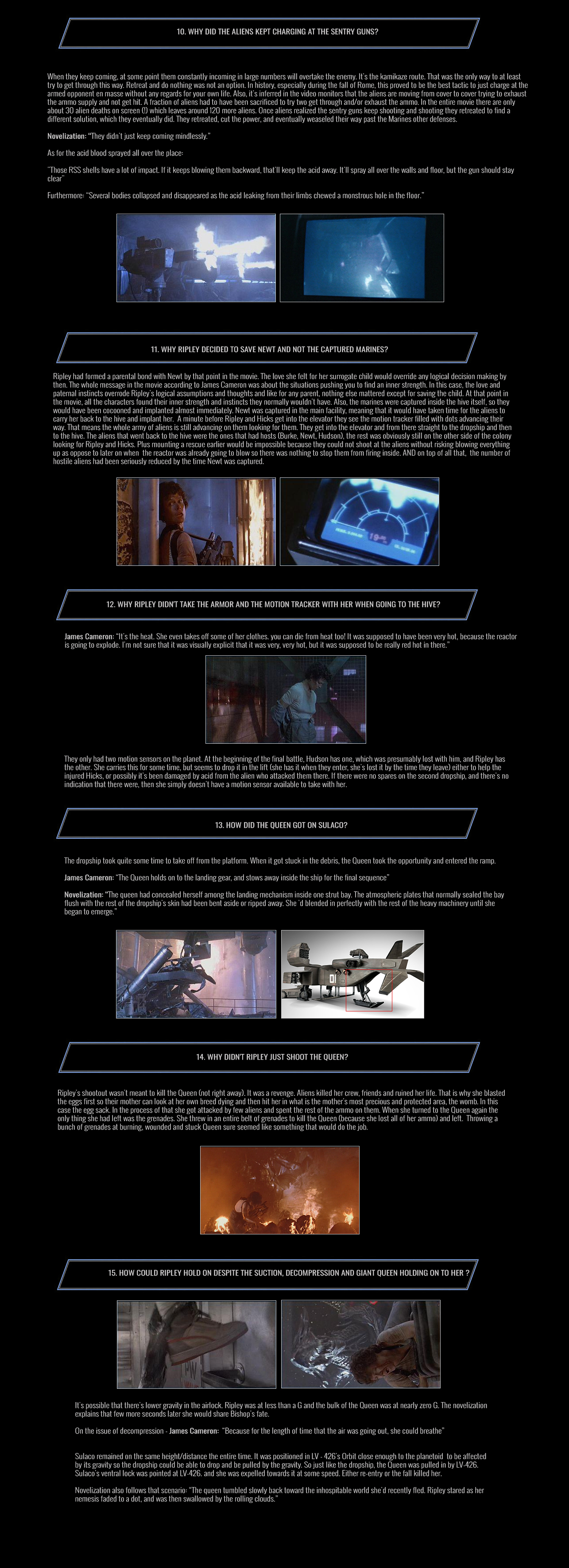



JAMESCAMERONONLINE.COM IS THE BIGGEST, LONGEST RUNNING AND MOST POPULAR SITE DEDICATED TO AND CELEBRATING JAMES CAMERON AND HIS WORK, FROM HIS THEATRICAL MOVIES TO DEEP SEA EXPLORATIONS
WHILE JAMESCAMERONONLINE.COM IS A FAN SITE AND A FAN RESOURCE FOR ALL THINGS RELATED TO JAMES CAMERON, IT IS NOT AN OFFICIAL JAMES CAMERON WEBSITE